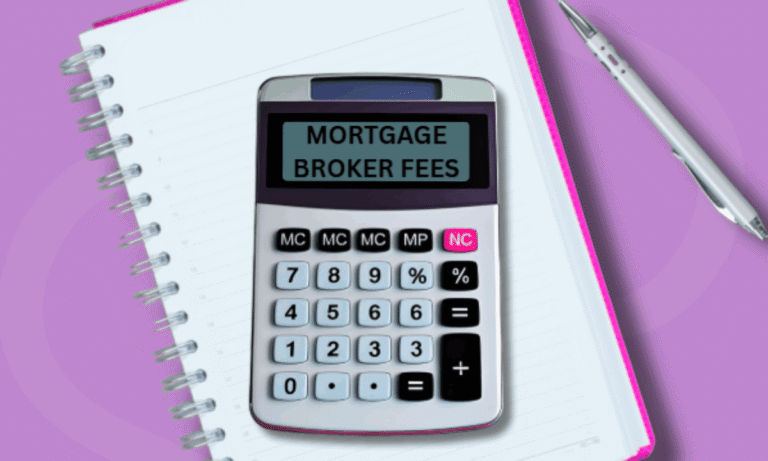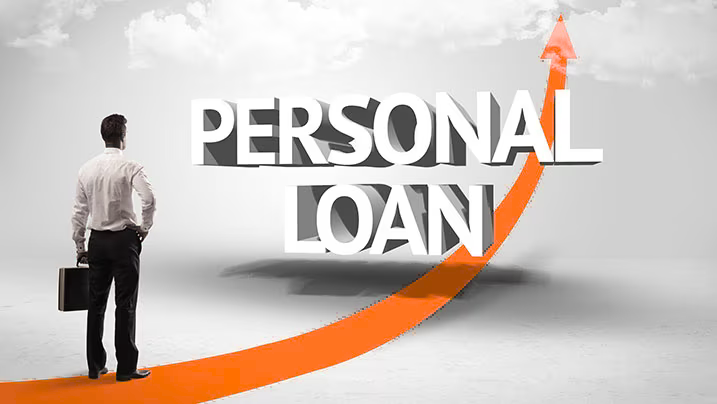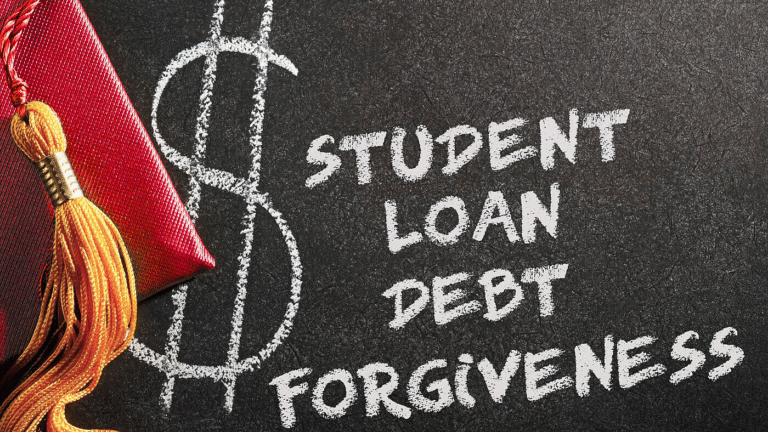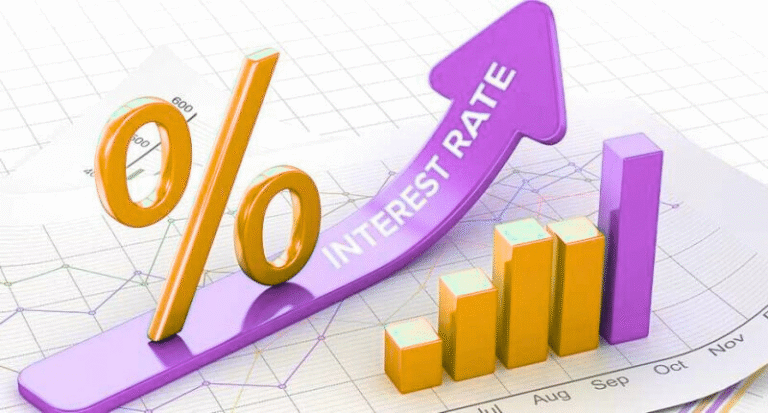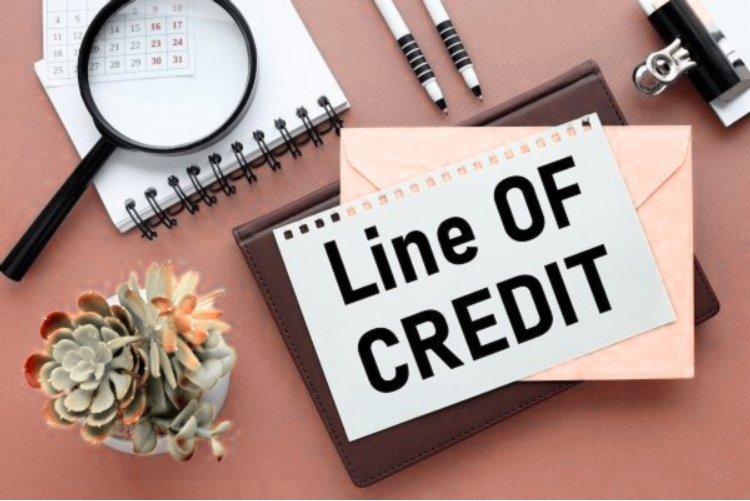The Psychology of Debt: Why People Borrow More Than They Should
The psychology of debt is more complex than simple financial mismanagement. People often borrow more than they should not because they lack intelligence or discipline, but because emotions, cognitive biases, and social pressures influence money-related decisions. From the temptation of credit cards to the fear of missing out on opportunities, debt is shaped by psychology as much as by economics. Understanding why people fall into these patterns can help individuals make wiser choices and break the cycle of borrowing.
What Is the Psychology of Debt?
The psychology of debt refers to the mental, emotional, and behavioral factors that drive people to borrow money, even when it may harm their long-term financial well-being. Unlike budgeting or accounting, which are rational processes, debt decisions often arise from impulses, habits, and beliefs.
Key Psychological Elements Behind Debt:
Instant gratification – The desire to enjoy now and pay later.
Optimism bias – Believing future income will cover today’s spending.
Social comparison – Wanting to keep up with peers, even at a financial cost.
Stress and avoidance – Using debt to escape immediate problems.
Why People Borrow More Than They Should
1. Instant Gratification and the “Buy Now, Pay Later” Trap
Humans are wired to seek pleasure immediately. When credit cards and easy financing are available, resisting instant gratification becomes harder. Buying a new phone today feels more rewarding than saving for months. Psychologists call this temporal discounting the tendency to value short-term rewards over long-term benefits.
2. Optimism Bias: Believing the Future Will Fix Itself
Many borrowers convince themselves that future earnings will cover their debts. For instance, a student may think, “Once I get my job, paying off these loans will be easy.” This optimism bias often underestimates risks like job loss, inflation, or unexpected expenses, leading to deeper debt cycles.
3. The Role of Social Pressure and Lifestyle Inflation
Debt is not always about survival it’s often about appearances. Social media amplifies the “comparison trap.” Seeing friends travel, buy cars, or move into bigger homes makes individuals feel pressured to match that lifestyle. This lifestyle inflation pushes people to borrow, even if their income doesn’t support it.
4. Emotional Spending and Stress
Debt can sometimes be emotional rather than rational. People shop to cope with stress, sadness, or boredom, leading to retail therapy. Ironically, the resulting debt creates more stress, forming a vicious cycle of spending and guilt.
5. The Illusion of Minimum Payments
Credit card companies design minimum payments to keep customers in debt longer. Paying only the minimum creates an illusion of affordability. For example, a $3,000 balance may take decades to clear if only minimum payments are made yet many people convince themselves they are “managing” their debt.
6. Cognitive Dissonance and Avoidance
When debt becomes overwhelming, some individuals avoid facing it altogether. They delay opening bills or stop checking balances, which increases financial strain. Psychologists call this avoidance coping, where ignoring the problem feels easier than confronting it.
7. Cultural and Family Influences
Debt psychology also comes from upbringing and culture. In some families, borrowing is normalized, while in others, it is considered shameful. These early lessons shape adult financial behaviors, often subconsciously.
The Emotional Cost of Debt
Debt isn’t only about numbers it has a deep psychological burden.
- Stress and Anxiety – Worrying about repayment can disrupt sleep and relationships.
- Shame and Guilt – Borrowers often feel judged or inadequate.
- Loss of Control – High-interest loans make people feel trapped.
- Strained Relationships – Money-related arguments are among the top causes of divorce.
The Cycle of Debt Explained
The debt cycle is a repeating pattern where borrowers rely on credit, pay minimum amounts, and borrow again when emergencies arise.
Steps in the Debt Cycle:
- Initial borrowing (often small and manageable).
- Overconfidence in repayment ability.
- Accumulation of multiple debts (credit cards, loans, buy-now-pay-later schemes).
- Stress and avoidance instead of proactive repayment.
- Borrowing again to cover old debt or daily needs.
- Breaking this cycle requires not only financial planning but also psychological awareness.
How to Break Free from Debt Psychology
1. Recognize Emotional Triggers
Track when and why you spend. If you shop during stress, develop alternative coping strategies like exercise, journaling, or meditation.
2. Shift Perspective with the “Future Self” Technique
Visualize your life five years from now if you keep borrowing versus if you stay debt-free. This builds long-term thinking and reduces impulsivity.
3. Use the Debt Snowball or Avalanche Method
- Debt Snowball – Pay off smallest debts first to build motivation.
- Debt Avalanche – Pay highest interest debts first to save money long-term.
4. Limit Credit Card Reliance
Switch to cash or debit for everyday spending. This reduces the psychological gap between spending and seeing money leave your account.
5. Automate Savings and Payments
Setting up automatic transfers prevents procrastination and reduces decision fatigue.
💡 Pro tip: You can calculate repayment timelines and interest costs easily with our free financial tools—a practical way to visualize progress.
Frequently Asked Questions (FAQs)
1. What does the term “psychology of debt” mean?
It refers to the mental, emotional, and behavioral factors that drive borrowing decisions, beyond rational financial reasoning.
2. Why do people fall into debt even if they earn well?
High income doesn’t prevent poor spending habits. Lifestyle inflation, social pressure, and impulsive purchases often push even wealthy people into debt.
3. How does stress influence debt behavior?
Stress leads to avoidance and emotional spending, worsening financial problems instead of solving them.
4. What is lifestyle inflation?
It’s when people increase spending as income grows, often by taking on debt to maintain a “better” lifestyle.
5. Can debt affect mental health?
Yes. Debt is linked to anxiety, depression, and relationship strain due to constant financial pressure.
6. Why do people ignore debt statements?
Avoidance coping—ignoring bills temporarily reduces stress, but in the long run it worsens financial health.
7. What is the debt snowball method?
It’s a repayment strategy where you pay off the smallest debt first, gaining motivation before tackling larger ones.
8. Do cultural attitudes impact debt psychology?
Absolutely. In some societies, borrowing is normalized, while in others it’s considered shameful. These values affect spending behavior.
9. Is using credit always bad?
Not necessarily. Responsible credit use builds a positive credit score. The problem arises when borrowing exceeds repayment capacity.
10. How can financial tools help with debt?
Tools like debt calculators and budget planners provide clarity on repayment timelines, interest costs, and progress tracking, making debt management easier.
Conclusion
The psychology of debt shows us that borrowing decisions are not always rational they’re shaped by emotions, social pressures, and cognitive biases. By understanding the psychological triggers behind debt, people can take control of their finances instead of letting habits and impulses dictate their future.
Breaking free from debt requires both financial strategies and psychological awareness. Whether it’s resisting instant gratification, tackling avoidance, or managing lifestyle inflation, change starts with awareness.


